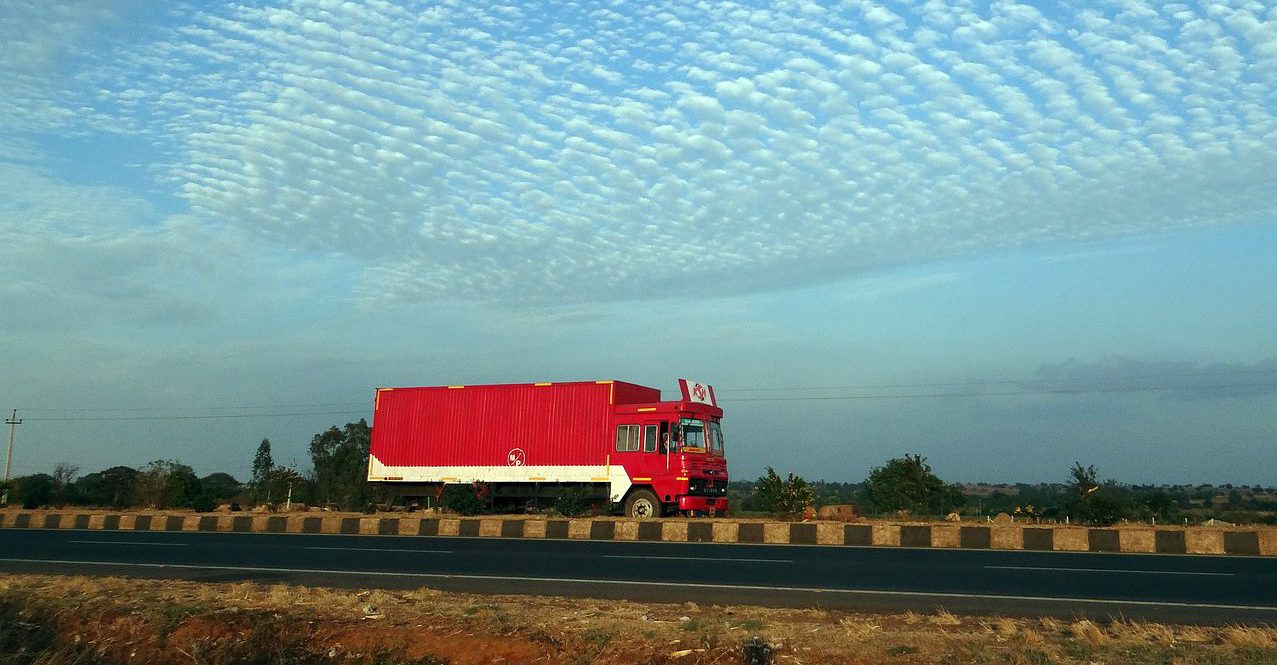The Modi government first introduced E-way bill on February 1, 2018, with a mission to boost the GST collections and to clamp down the trade that currently happens on the cash basis. Let’s have a look whether the government will be successful in its second attempt or will traders bid farewell to it soon?
The E-way bill lost its sheen after several troubles appeared in the initial weeks. But now it seems the government has tightened its seat belts and plans to introduce e-way bill once again with effect from 1 April, 2018. But before that let’s understand the fundamentals of the e-way bill!
Why E-Way Bill was introduced?
E-Way Bill is an electronic ticket for the movement of goods worth Rs 50,000 and above for distance more than 10 km, as part of the GST regime. This bill is implemented with a motive to reduce the operational inefficiencies and supply chain disruption starting with interstate goods movement.
Is the government well-prepared this time?
Unlike the previous time, now the IT system is fully geared up to handle the much higher load. Prakash Kumar, the chief executive officer of GST Network, clearly mentioned that the bill has undergone several rounds of testing and its software is closely monitored and developed by the National Informatics Company. The system is designed to generate 75 lakh E-Way bills per day with a higher output between 4 pm and 9 pm, when the traffic is expected to be higher.
“We have also opened it up to GSPs and have given APIs to large transporters who have over two lakh transactions every month. This will allow them to directly create e-way bills in bulk,” he confirmed.
However, the major hiccup is to correctly estimate the number of vehicles and trucks transporting the goods around on the daily basis. In order to avoid the chaotic situation, the E-Way bill for intra state movement of goods, will be introduced later on April 15.
E-way Bill is mandatory from 1st April, 2018 for all inter-state movement of goods. E-way bill can be generated on voluntary basis till then.
Register yourself on e-way bill portal https://t.co/yifNpTucay using GSTIN. pic.twitter.com/qAqPCJ7Lf7— CBEC (@CBEC_India) March 28, 2018
Which states will introduce E-Way bill first?
Karnataka and Andhra Pradesh are likely to be the first ones to introduce the E-way bill for intra-trade movement.
“The country has been divided into four zones and depending on the preparedness of each State, they will roll out the E-Way Bill for intra-State movement in phases,”
Besides this, the Central Board of Excise and Customs would discuss the matters with commercial tax departments of other states to roll out the bill in a staggered and simplified manner.
Webinar on E-Way Bill Updates with Live Demo in Hindi
Conclusion
The small traders were the worst affected after the implementation of the e-way bill, but this time what do you think will the government be able to clear the apprehensions or will it again harass the small traders as it is not easy as the government claims?










Pingback: E-way bill System for Intra-State Goods Movement Sustainable?